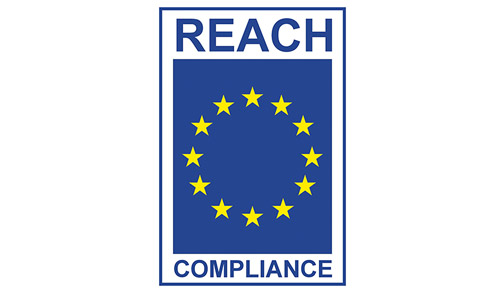The CLP regulation on classification, labeling and packaging has been updated. New substances have been added to Annex VI of the regulation, and the classifications and labels of some substances already in the annex have been changed. It is the 18th technical adaptation of the CLP regulation, i.e. the ATP18.
The substances listed in Annex VI of the CLP Regulation (EC) No. 1272/2008 have harmonized, binding classification and labeling requirements in the EU. The European Commission has issued the 18th technical adaptation of the CLP Regulation as a delegated act, in which 39 new substances have been added to Annex VI and the classification of 17 substances already in the Annex has been changed.
For example, Silanamine (nano-shaped surface-treated silica), Ammonium bromide, Tellurium, Isobornyl acrylate and several active substances used in pesticides have been added to Annex VI as new substances. In addition, the harmonized classification and labels of 17 substances already included in the annex have been changed. For example, the classification of Divanadine pentaoxide’s immediate toxicity has changed from category 4 to category 3 (oral) and to category 2 (inhalation). This can have effects, for example, on the availability of permits for storage and processing.
In terms of cosmetics regulation, there are effects on 12 ingredients used in cosmetic preparations. Of these, Benzophenone, Theophylline, Melamine, Margosa extract, Trimethylolpropane triacrylate, N-carboxymethyliminobis (Ethylenenitrile) Tetra (acetic acid) and Pentasodium (carboxylatemethyl) Iminobis (ethylenenitrile) tetraacetate are classified as carcinogenic, mutagenic or reproductively hazardous substances, i.e. as a CMR agent. Therefore, they may in the future be banned in cosmetic products under Article 15 of the EU Cosmetics Regulation.
Harmonized classification is usually given to respiratory sensitizers, germ cell mutagens, cancer-causing and reproduction-hazardous substances, as well as active substances in biocides and plant protection substances.
Harmonized classification and labels must be used for substances for the hazard categories mentioned in the list. For other hazard categories, the substance must be classified specifically.
The harmonized classification of a substance can also have an impact on the obligations of other legislation. For example, germ-damaging, cancer-causing and reproduction-hazardous substances are added to the additions of Annex XVII of the REACH regulation, in which case their supply for consumer use is prohibited. The above-mentioned substances are also subject to the restriction of the REACH regulation in tattoo and permanent pigmentation inks. The harmonized classification of the substance may also have effects on the availability of permits for large-scale storage and processing.
The Commission’s delegated regulation entered into force on May 23rd, 2022, and the regulations must be applied from December 1st, 2023 at the latest. Substances and mixtures can already be classified, labeled and packaged in accordance with the regulation, but the 18-month transition period gives operators time to adapt to the new requirements.
Chementors can take care of all your CLP-regulation, REACH and safety data sheet needs. Contact us for further inquiries.




